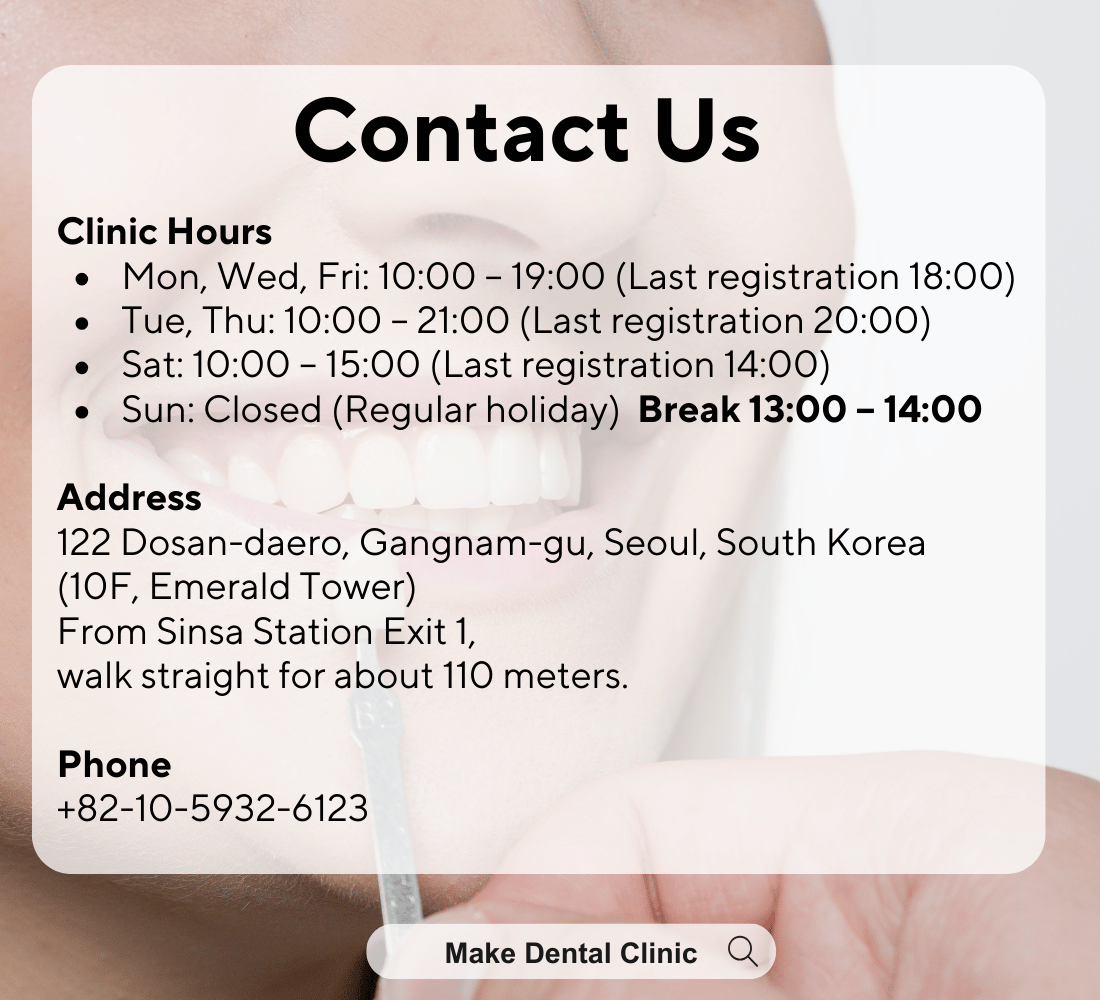Porcelain Veneers vs Ceramic Veneers in Korea
What Are Porcelain and Ceramic Veneers?
- Porcelain veneers are thin shells made of ceramic materials that are fabricated in a dental laboratory and then bonded to the front surfaces of teeth. They are known for high aesthetics, stain resistance and long lifespan.
- Ceramic veneers broadly refer to veneers made from ceramic materials (including porcelains, glass-ceramics, zirconia) but in some sources are described as less “premium” than what is labelled “porcelain”.
Key Differences in Korea
Durability & Lifespan
- Porcelain veneers in Korea are often promoted to last 10 to 15 years or longer, given good care.
- Ceramic veneers tend to have a shorter lifespan and may require earlier replacement.
Aesthetics & Material Quality
- Porcelain veneers offer superior translucency, mimic natural enamel better, and resist stains more effectively.
- Ceramic veneers may offer more conservative preparation (less enamel removal) or quicker turnaround in some cases.
Tooth Preparation & Time
- Porcelain veneers generally require enamel reduction and lab fabrication, leading to multiple visits.
- Ceramic veneer options (some described as “minimal prep ceramic” or “no-prep ceramic laminates”) may allow less tooth reduction and faster placement.
Cost in Korea
- Ceramic veneer-type treatments may cost less than the top-tier porcelain veneer options.
- Porcelain veneer treatments are premium, reflecting lab cost, material quality, and branding.
Which is Right for You in Korea?
Choose porcelain veneers if you:
- Want a high-end, long-lasting aesthetic result
- Are treating several visible front teeth and want uniformity, stain resistance & premium finish
- Are willing to invest more cost and possibly multiple visits
Choose ceramic veneers if you:
- Have a moderate cosmetic concern (e.g., minor shape/colour correction)
- Want a more conservative option with less tooth reduction
- Are assuming the material might require earlier maintenance or replacement
Things to Ask Your Korean Clinic
- Which material exactly will be used (porcelain type or ceramic brand)?
- What is the expected lifespan of the veneers in your scenario?
- What tooth preparation is involved (how much enamel removal)?
- How many visits are required, and what’s included in the cost?
- What maintenance or follow-up is needed?
- How will the result look in Korean lighting/culture and how will the shade match your native teeth?
Final Thoughts
In Korea, both porcelain and ceramic veneers are well offered by cosmetic dental clinics in Seoul and elsewhere. The real difference comes down to durability, aesthetics, cost and prep time. If you seek a premium, longer-lasting smile makeover, porcelain veneers are likely the better investment. If you need a quicker, budget-friendlier cosmetic improvement, ceramic veneers provide a viable alternative — with the understanding that upkeep may be higher.



